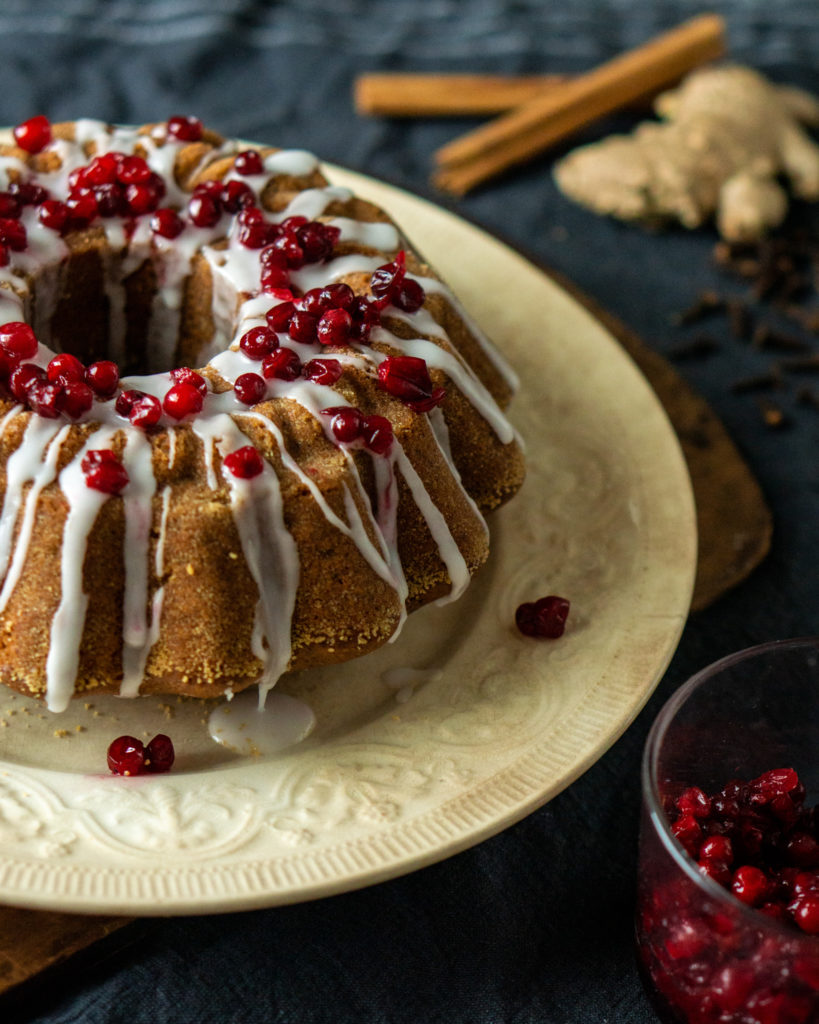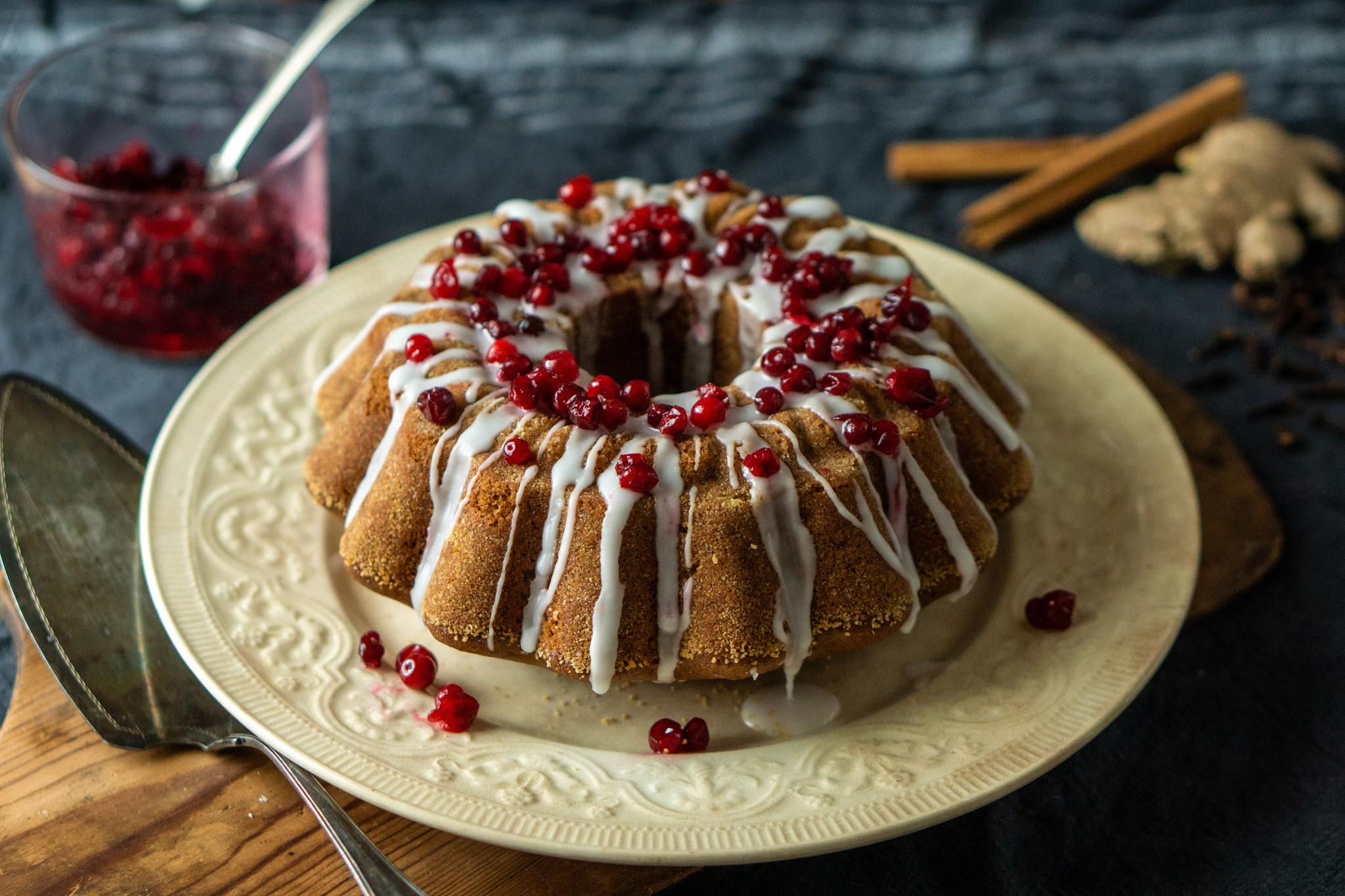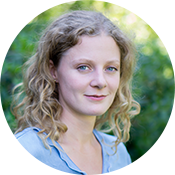Swedish gingerbread cake, or mjuk pepparkaka, is popular, especially around Christmas. But historically, it seems to have been eaten all around the year, as ads in Svenska Dagbladet in 1939 show by recommending it for the Easter coffee parties.
The origins of gingerbread cake in Sweden
As we’ve already seen for gingerbread cookies, spices were historically not only been exclusive but also considered good for your health.
Susanna Egerin features three gingerbread recipes in her 1737 cookbook. One recipe sees a very firm dough that is formed as logs before it is baked. Another is rolled out into a cake, and the third is flavored only with anise and fennel seed, or lemon- and bitter orange peels. Egerin also has a recipe for pepparnötter, “pepper nuts”, which also shows up in Maria Elzberg’s cookbook from 1751.
Instead, the closest to today’s gingerbread cake is from Cajsa Warg’s 1755 edition of Hjelpreda i Hushållningen. The recipe for Pepparkaka med Såcker och Honing features a cake with ginger, bitter orange peel, and pepper. Warg has another version of the recipe, spiced with cloves, cardamom, fennel seed, anise seed, ginger, and bitter orange peel or lemon peel, as well as “galgo”, a type of galangal. A third recipe features allspice.
An interesting thing to note is that the spice generally considered the main event nowadays—cinnamon—is absent in all these recipes. The first time I notice cinnamon as part of the spice mixture for gingerbread cakes is in Gustafwa Björklund’s cookbook from 1847.
That gingerbread cake continues to be popular shows from the wealth of recipes. A few feature raisins or chopped bitter orange peel (1924), cacao and rye flour, or coffee (1936) apart from the usual ingredients. The rye version was for slicing and spreading with butter, and called smörgåspepparkaka, “sandwich gingerbread cake”.
Sigrid Bergmark’s 70 pepparkaksrecept from 1926 features no less than 22 recipes of gingerbread cake. Interestingly, none of these gingerbread cake recipes feature lingonberry, which today is a very common addition as it makes the cake moister.
Carl-Bertil Widell claims that the gingerbread cake becomes best with sour milk, but I’ve seen versions with sour cream, buttermilk, cream, water, milk, or a mix of milk and cream. The acidity of the sour cream or milk is however needed for the recipes featuring bicarbonate.

How to bake a Swedish gingerbread cake
This recipe is an adaption of the “1945 prize-winning recipe” for gingerbread cake in Sju sorters kakor.
100 gr (0,6 cups) butter
2 eggs
2 dl (0,8 cups) brown sugar
1,5 dl (0,6 cups) sour cream
1,5 tsp ground ginger
1,5 tsp ground cloves
2 tsp ground cinnamon
3 dl (1,2 cups) flour
1 tsp bicarbonate of soda
butter and breadcrumbs for greasing the baking tin
- Turn on the oven at 175°C (345°F).
- Melt the butter and let it cool.
- Prepare a baking tin, about 1,5 liters (6 cups) in size, by greasing it with butter and shaking breadcrumbs in it.
- In a bowl, whisk the eggs and sugar well together.
- Add the sour cream, spices, and butter.
- Mix the flour together with the bicarbonate of soda. Add them to the bowl.
- Stir until you have a smooth batter and pour it into the baking tin.
- Bake the cake for 40-45 minutes, or until it gets a little bit of color and a toothpick won’t come out with crumbs. Let it cool slightly before you plate it.
Suggestions
If you don’t have sour cream, you can substitute it with, for example, filmjölk (buttermilk). If you swap it for something that isn’t sour, you’ll need to swap the bicarbonate of soda for baking powder, as bicarbonate needs a sour element in the batter in order to work. Swap the bicarbonate for two teaspoons of baking powder.
If you’ve got lingonberries (frozen or fresh), you can add a few into the batter without changing the recipe. However, if you add lingonberry jam you’ll need more a bit more flour, about 0,5 dl (0,2 cups), depending on consistency.
Experiment with the flavor. Jan Hedh scatters the baking tin with flaked almond and adds candied orange peel into the batter.
Feeling like decorating the cake? Stir out a bit of icing sugar with some water or lemon juice until it is thick and not runny, and drizzle it over the cake.



Hello, I’m wondering about the conversion of this Gingerbread Cake. I’m usually baking using cups, tablespoons, etc measures. Do you have a way to convert this? Thanks
Hi Susan, I’ve changed so the butter is in cups, too. So now it is just cups/tablespoons/teaspoons. Hope that helps!
Hi Isabella,
I tried this cake in Sweden over Christmas and now I want to make it for my family in Australia this weekend. Can you tell me what is different about your recipe above compared with the “1945 prize-winning recipe”?
Thanks!
Mel, how lovely, I hope they will enjoy the cake!
I see that I’ve changed the recipe since I first published it so it’s closer to the original — at the moment it is just a swap from white sugar to brown sugar. I have however previously made it with 1/2 tsp cardamom and am really fond of that version, too.
Thank you Isabella!
Hi Isabelle, this looks yummy and I want to make it soon.
My Swedish mother-in-law sent me some of those pepparakakor spice bags that you get in convenience stores. I feel like using those as it has ginger, cloves and cinnamon. Would that be the same as opposed to getting those individual spices? If it is fine to use it, how much do you think I should use? Thank you!
Hi Marie, I’m sorry about the late response. Sounds like you’ve got a great mother-in-law! I haven’t experimented with “pepparkakskrydda”, but a friend tells me that it would work well and that about 2 tbsp would be good for this recipe. Hope that helps!